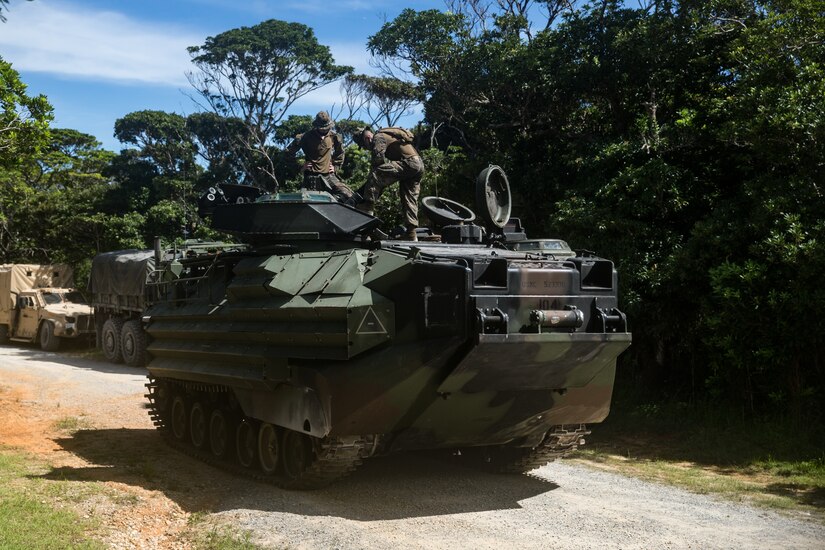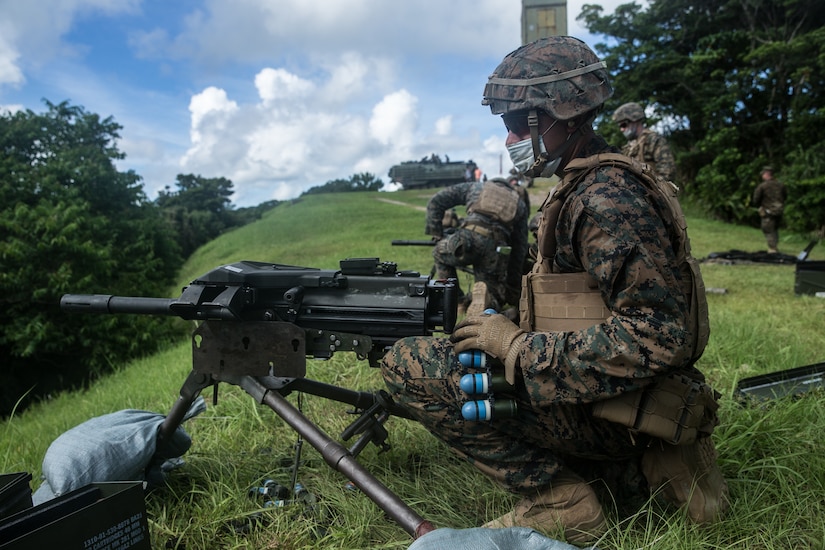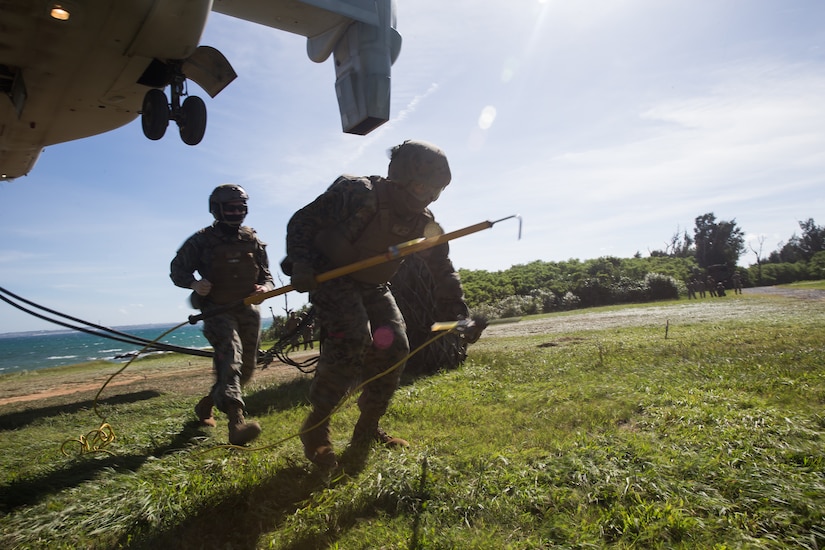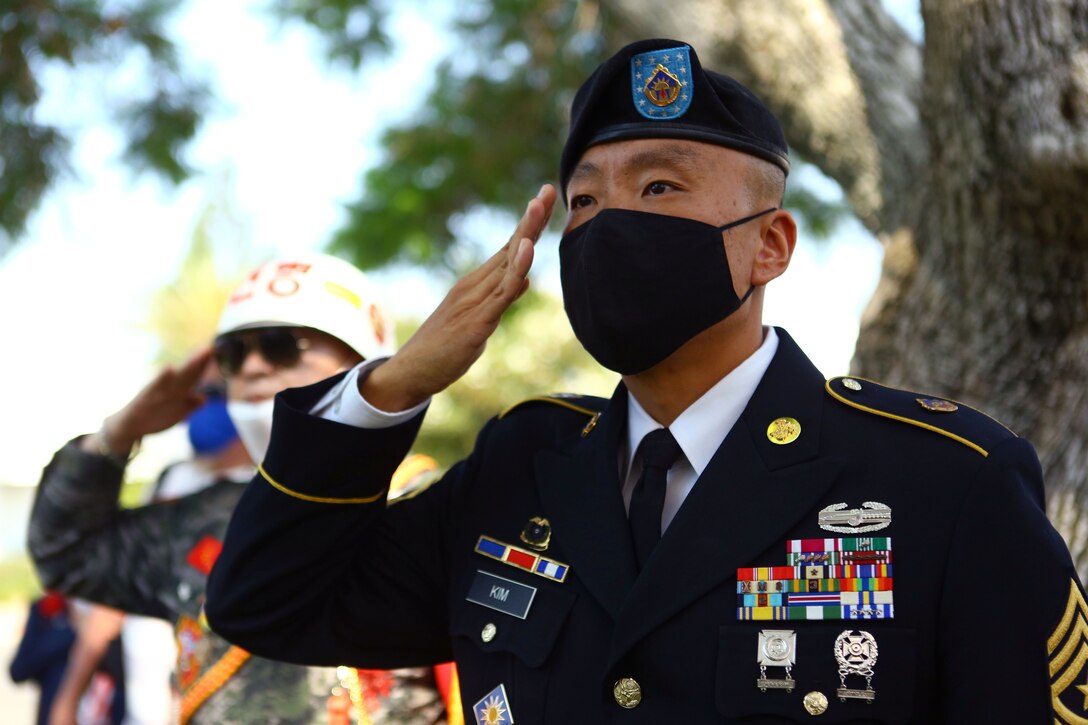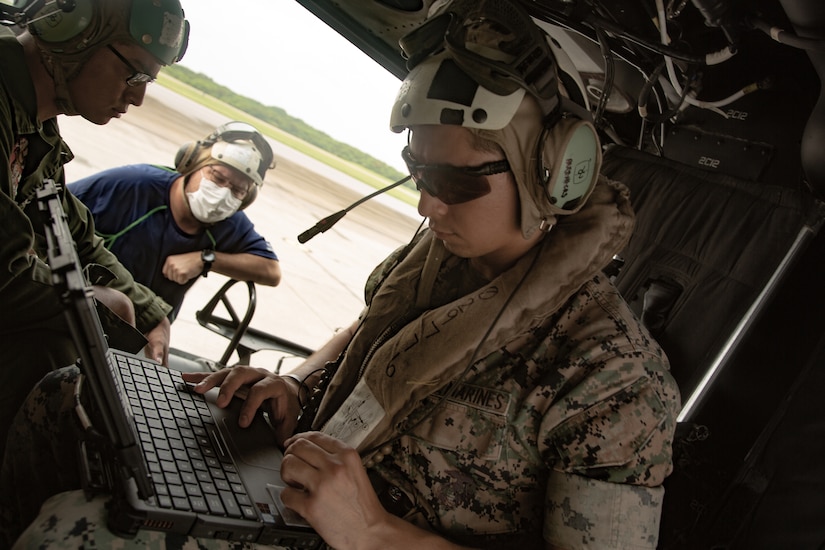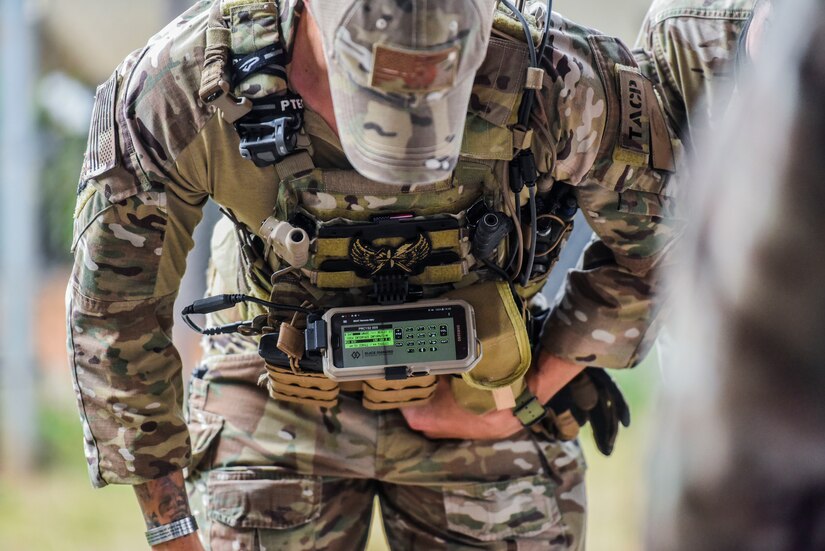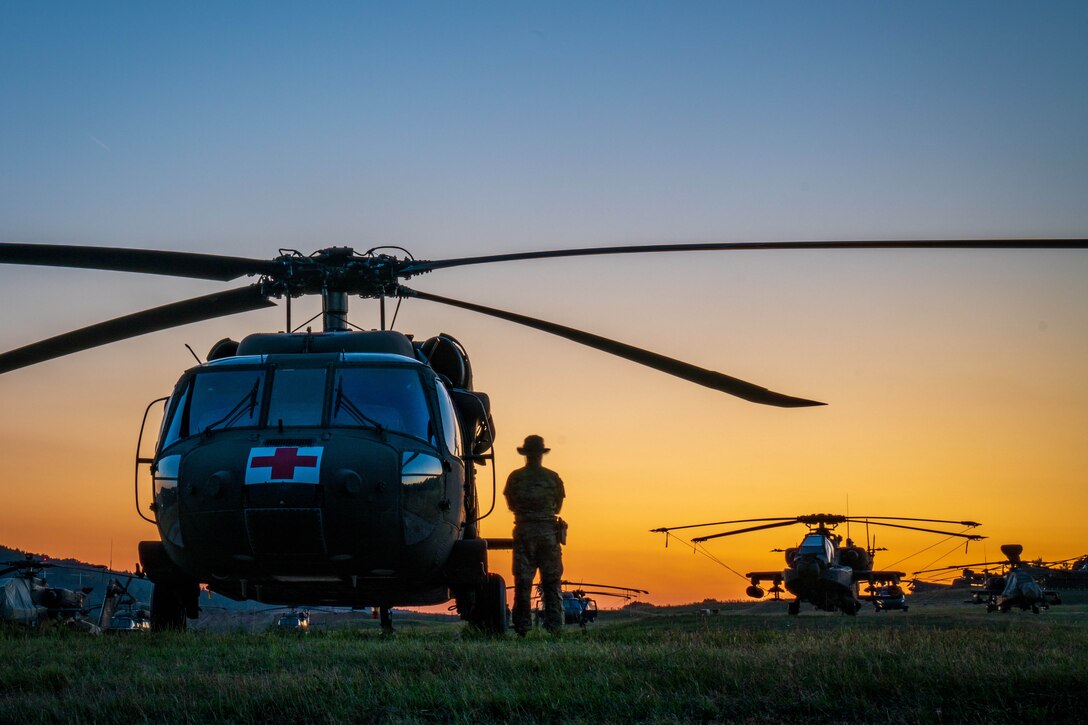Aug. 17, 2020 |
Air Force Master Sgt. Adam Ingram, the 6th Logistics Readiness Squadron Vehicle Management Flight superintendent, said his being a customer service flight presents increased safety concerns for his airmen.
"We work on nearly all of the vehicles on base, so there is a high risk of cross-contamination throughout multiple organizations and our flight members," Ingram said. "We mitigate these concerns by having COVID rules of engagement in place to help keep things safe and sanitized."
The flight increased sanitization protocols, and also retrofitted some of their vehicles with barrier screens to help minimize the spread of the virus.
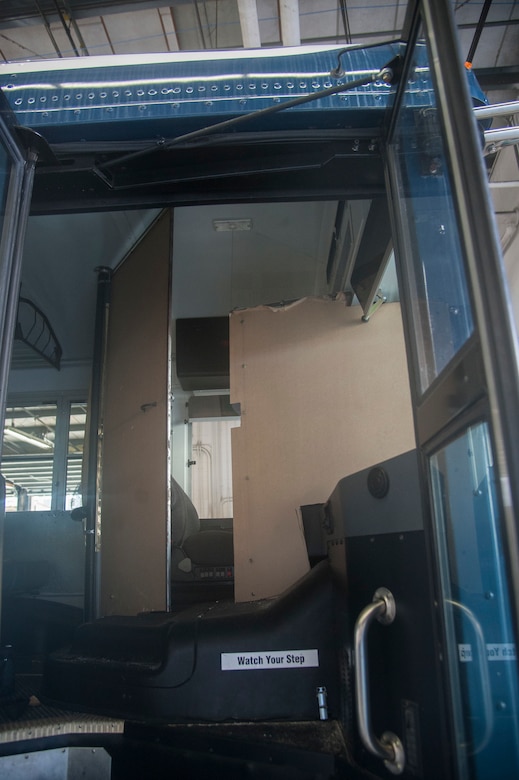
"Our peers at 6th LRS ground transportation recognized a potential issue of exposure to their drivers and posed it to us to see if we could come up with a solution," Air Force Airman 1st Class Arfaneil Rebujio, a 6th LRS vehicle maintenance technician, said.
One of the unit's mechanics, who is currently deployed, told Rebujio about an idea. Before he left for his deployment, he asked Rebujio to help create a design that would block the air circulation separating the operator from the rest of the bus.
So far, modifications have been made to several of MacDill's transport vehicles, including passenger buses used to transport aircrew from their squadrons to the flight line.
"We have installed the barrier screens on five of our 44-passenger buses and one on an eight-passenger van," Rebujio said. "I think it's a great idea having them installed on our transport buses so we don't risk the well-being of our operators."
For the 6th LRS Vehicle Management Flight, teamwork has helped them overcome many of the challenges presented by COVID-19. They are fully committed to their safety procedures, and those looking to the 6th LRS for services can rest assured that their vehicles are safe.
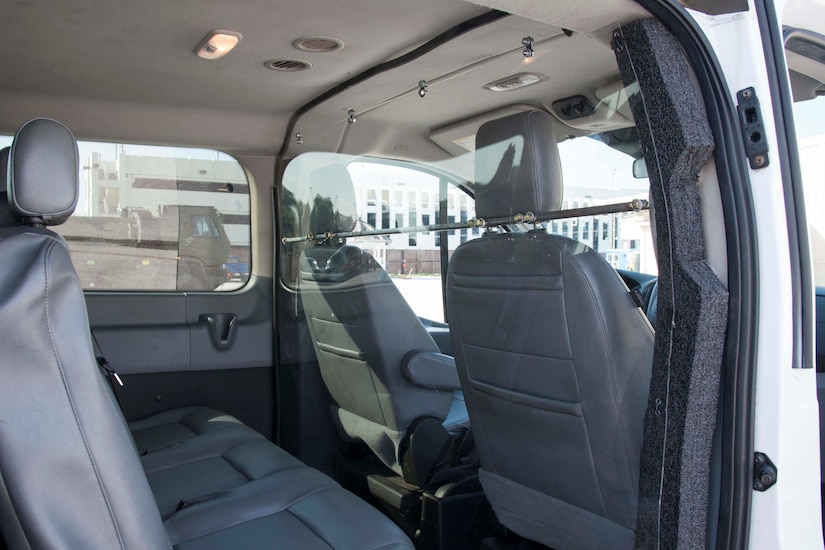
"It's challenging because we have to interact with customers, but we have developed ways to interact, stay safe and keep the mission going," Ingram said. "Our airmen have developed a daily cleaning process to disinfect vehicles when they arrive to the shop and before we return them to the customer."
Throughout the course of the pandemic, the airmen have remained resilient and have found ways to solve difficult problems.
"COVID has presented new challenges, but the out-of-the-box thinking of our airmen has truly shown," Ingram said. "In response to the virus, our members have applied creative thinking, which will protect our warfighters and ultimately support our mission on an even bigger scale."
(Air Force Senior Airman Shannon Bowman is assigned to the 6th Air Refueling Wing.)
